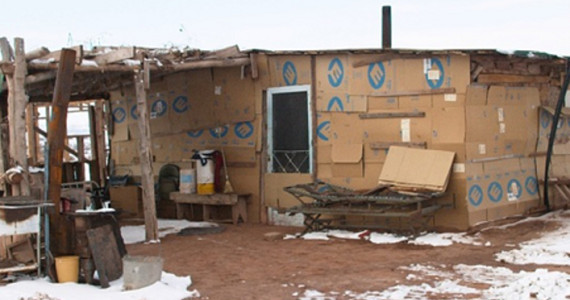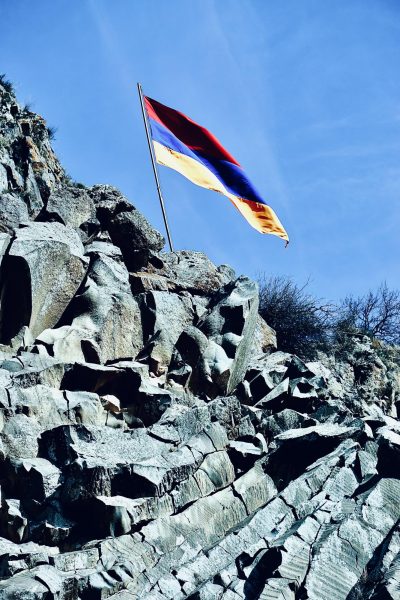What the Media Doesn’t Report

Since the crisis in Ferguson, the term “black lives matter” has become almost cliché, although no less true. There have been reminders of this racist police brutality as the media focuses its attention on every shooting of an African American that has occurred since the incident.
Followers of the “black lives matter” movement have a more-than-concrete argument, but both the press and general American public often forget one important fact. The information provided by media sources, though often accurate, tends to overlook data that does not inflate and excite their stories. Or, more simply put, the media constructs its stories from facts that make it more interesting and leaves out other important details.
This is not to say that the coverage of events like Ferguson are inaccurate. The simple truth is that, while these events are troublesome, some equally disturbing statistics are not included in most representations of the situation.
Aside from only a scattering of articles about this issue, it’s difficult to find much information. On top of the multitude of murders of African Americans by police, Native Americans are being killed at an equally alarming rate. Native Americans have suffered oppression and denial of their basic human rights since the day Christopher Columbus landed on an island in the Bahamas and proclaimed its inhabitants as “Indians.” It was 1851 when the first Native Americans were herded like cattle by government officials to lands named reservations. Now, nearing two hundred years later, this primitive response to the natives of the land that we are squatting on still exists, with reservations seeing some of the highest suicide, drug use, alcoholism, and high school dropout rates in the country.
Unfortunately, police brutality isn’t the only form of racism and mistreatment that Native Americans, across the country, face every day. As if this isn’t bad enough, media, textbooks, and other resources seem to conceal this information from most Americans by keeping important statistics hidden from the public’s eye. Even by opening a history textbook, it’s easy to see that after WWI passed, most discussions of Native Americans had dissipated.
Most people don’t realize how many Native American’s rights are oppressed right here in present-day America because the only issues Americans hear about happened decades ago. There is little to no publicized information about modern events on reservations, so the entire thing seems dated and foreign to most people. Senior Peter Lam expressed his feelings about this subject: “I think a lot of people think that the time when Native Americans lived on reservations was back when the country was founded, but that’s not true. Reservations still exist today and they’re still just as impoverished as they were back then, thanks to the United States.”
According to National Relief Charities Program, the rate of unemployment on some reservations is as high as 85%, and 30%-40% of American Indian children are currently living below the poverty line. To give some context, this is almost the exact percentage of childhood poverty in Kenya.
The way in which the reservations were created made it so the land was owned communally, rather than certain individuals owning different parts of the land. John Koppisch explained the situation in his article: “If everyone owns the land, no one does. So the result is substandard housing and the barren, rundown look that comes from a lack of investment, overuse and environmental degradation.”
It may be impossible to completely remedy the situation now, but it is important to stay informed at the very least. Although this issue is not more or less important than other stories of gun violence or police brutality, it does deserve equal attention and action.














